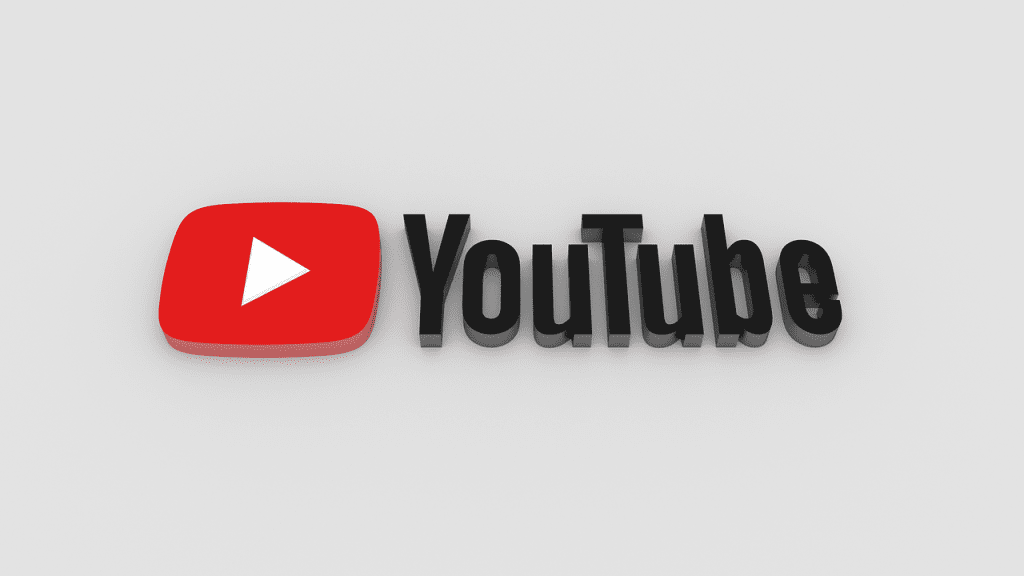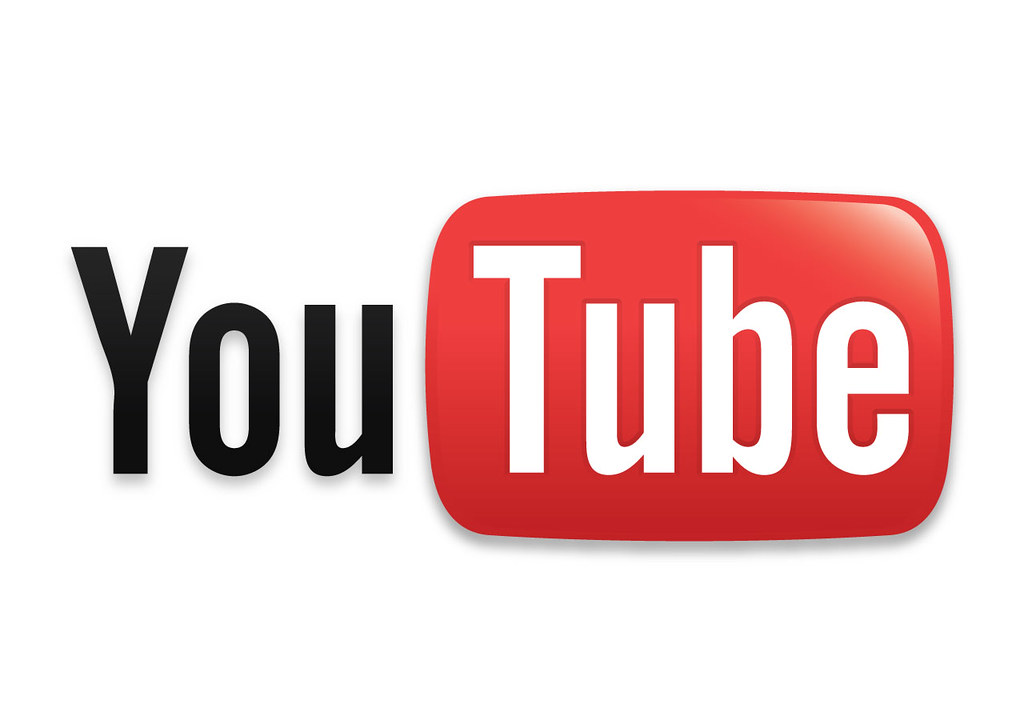
Table of Contents
Tips for Creating a Successful Finance YouTube Channel
Introduction: Tips for Creating a Successful Finance YouTube Channel
Tips for Creating a Successful Finance YouTube Channel: Growing a finance-focused YouTube channel isn’t about quick wins—it’s about trust, consistency, and smart strategy. In 2025, the competition is fierce, but with a strong niche, polished presentation, SEO savvy, and genuine engagement, you can build a thriving, influential platform.
In this comprehensive guide, we’ll walk you through everything—from crafting your brand identity to leveraging SEO and monetizing your efforts—all in a conversational, approachable tone to motivate and guide you through each step.

1. Define Your Niche & Know Your Audience
- Dive deep on a sub-niche
Instead of general finance, choose a specific angle—e.g., “debt-free strategies for single parents,” “FIRE for Gen Z,” or “beginner stock investing in 2025.” Channels with a tight focus grow around 40% faster than broad ones. - Craft audience personas
Imagine someone like “Anxious Annie,” a 30-year-old with student debt. Tailor your content to their struggles and priorities. - Audit competitors and community discussions
Scan top creators in your niche to identify common gaps. Dive into forums like Reddit—people often say: “Interact more with the audience… Content should be based around their questions so they feel being heard.”
A niche plus audience insight equals content that truly resonates.
2. Plan Strategically: Editorial Calendars & Content Formats
- Use an editorial calendar
Plan topics monthly or quarterly. Mix evergreen staples (e.g., budgeting) with timely topics (e.g., tax changes). - Explore diverse formats
Rotate between tutorials, Q&A sessions, interviews, and case studies to keep viewers engaged. - Kick things off with a strong “Welcome” video
Your intro video should feel like a friendly handshake—brief, energetic, brand-reflective. Update it as your channel evolves.

3. Invest in Quality—but Smartly
- Camera, mic, lighting—right tools, right price
Start with your smartphone. Upgrade to a quality mic (e.g., lavalier or USB mic) and use a ring light or natural light to heighten production value. - Professional editing elevates trust
Editing tools like DaVinci Resolve or CapCut help you add overlays, apply transitions, and keep videos concise and polished. - Enhance accessibility with captions
Closed captions improve user experience and SEO since YouTube and search engines can crawl them.
4. YouTube SEO: Your Launch Engine
- Optimize entire channel, not just videos
Use long-tail keywords in your About section, channel keywords, playlist titles, and descriptions (e.g., “Best Roth IRA Investing Tutorials 2025”). - Title + Thumbnail = Click Magnet
Craft titles like “Best Passive Income Strategies for Beginners (2025)” and overlay key phrases on custom thumbnails in bold colors—both boost CTR and SEO. - Descriptions: your opportunity to thrive
Start with a keyword-rich summary, include 2–3 related LSI terms, and mix in keywords naturally. Add relevant hashtags (10–15 mix of general and specific). - Tags, timestamps, playlists matter
Use varied tags (broad + long-tail).
Add chapters/timestamps (e.g., “00:00 – Invest $100/month in 2025”) to help retention & discoverability.
Group your uploads into keyword-optimized playlists to guide viewers and tell YouTube your core topics. - Refresh old content
Updating titles or thumbnails can renew visibility—even on older videos.
5. Maximize Engagement & Growth Strategies
- Encourage interactions with personality
Use interactive CTAs—ask questions, prompt feedback, pin comments, and respond warmly.
As one creator says: “Calls to action…people will be more likely to comment if you engage.” - Use Shorts & long videos strategically
Shorts can increase reach and views, though regular long-form content still dominates educational niches. - Collaborate for audience crossover
Invite guests from related niches (e.g., fintech, entrepreneurship) to expand reach—authenticity matters. - Build beyond YouTube
Share snippets on TikTok/Instagram, embed videos on blogs, and use email or Pinterest to drive traffic. - Adopt patience + consistency
Stick with it—even if results start small. Every seasoned YouTuber emphasizes perseverance over flash-in-the-pan growth.

6. Branding & Authenticity Build Trust
- Brand visuals matter
Use a consistent color scheme (e.g., trust-worthy greens/blues in finance niche), strong logo, and cohesive thumbnails. - Stay transparent and relatable
Highlight your background—“not a CPA, just sharing experience”—and openly discuss sponsorships or affiliate links to build credibility. - Be inclusive and emotionally intelligent
Diverse voices (finfluencers) are shaking up finance content with storytelling that connects deeply—especially with younger, diverse audiences.
7. Track Analytics & Iterate
- Monitor key metrics
Watch CTR, watch time, traffic sources, and audience demographics to refine your content strategy. - Adjust based on performance
Tweak underperforming videos by changing hooks, thumbnails, or descriptions—SEO optimization is an ongoing game.
8. Monetize Wisely & Sustainably
- Diversify income streams
Once eligible, monetize via ads—but don’t rely on that alone. Add affiliate links for finance tools, create digital products (planners, courses), or accept sponsorships aligned with your values. - Offer premium or exclusive content
Consider Patreon, channel memberships, or one-on-one coaching to reward your most loyal fans. - Polish your brand with monetization in mind
Approach brands that align with your niche and audience perception for win-win sponsorships.
9. Summary & Action Plan
| Step | Action Item |
|---|---|
| 1 | Define your sub-niche and know your audience deeply |
| 2 | Use an editorial calendar and mix video formats |
| 3 | Optimize equipment, visuals, editing, and captions |
| 4 | Apply SEO across titles, descriptions, tags, chapters, playlists |
| 5 | Drive engagement via CTAs, Shorts, social, and collaborations |
| 6 | Build a consistent brand identity and maintain transparency |
| 7 | Track analytics and update content iteratively |
| 8 | Monetize through diversified channels aligned with your mission |
Final Thoughts
Creating a successful finance YouTube channel isn’t just about dishing out stock tips—but about becoming a trusted educator, ally, and resource in your unique corner of the finance world. By combining sharp SEO, smart branding, genuine engagement, and consistent effort, you can grow a sustainable channel that makes a real difference—and yes, eventually a meaningful income.
Start small, stay dedicated, and always remember—you’re helping someone feel empowered to take control of their financial life. Here’s to your journey and success!
🔹 FAQs for a Finance YouTube Channel
📌 Getting Started
- What is this channel about?
This channel offers simple, actionable financial education—covering budgeting, investing, saving, and wealth-building tips. - Who is this channel for?
It’s for beginners, students, young professionals, and anyone wanting to improve their money management skills. - Do I need any prior knowledge to follow the content?
Not at all! Most videos are designed for beginners and explained in easy-to-understand language. - How often do you upload new videos?
New videos are uploaded [insert frequency—e.g., weekly, every Tuesday & Friday]. - Where should I start if I’m new to your channel?
Start with our “Finance Basics” playlist—it covers budgeting, saving, and debt management for beginners.
💸 Budgeting & Saving
- How do I create a monthly budget?
Check out our step-by-step budgeting video where we walk through the 50/30/20 rule and custom templates. - What are the best budgeting apps?
We’ve reviewed top apps like YNAB, Mint, and EveryDollar in our budgeting tools playlist. - How much should I be saving each month?
A general rule is to save at least 20% of your income, but it depends on your goals and expenses. - What’s the best way to build an emergency fund?
Start by saving small—$500 to $1000—and build up to 3–6 months of living expenses. - How can I save money on a low income?
Watch our “Saving on a Tight Budget” video for practical tips on cutting costs and increasing savings.
🧾 Debt & Credit
- How do I pay off debt fast?
We teach both the debt snowball and avalanche methods so you can choose what fits you best. - Should I pay off debt or save first?
It depends on your interest rates and financial stability. We discuss both scenarios in detail on the channel. - What’s a good credit score?
A credit score above 700 is considered good. Above 750 is excellent. - How can I improve my credit score?
Check out our “5 Steps to Better Credit” video for tips on paying on time, lowering utilization, and more. - Are credit repair services legit?
Most aren’t necessary—you can fix your credit yourself for free. We show you how in our credit repair guide.
📈 Investing & Wealth-Building
- How do I start investing with little money?
Our “Investing for Beginners” series covers low-barrier options like index funds, ETFs, and fractional shares. - What are index funds and ETFs?
These are low-cost ways to invest in the market. Watch our “Index Funds Explained” video for a beginner-friendly breakdown. - What is the FIRE movement?
FIRE stands for “Financial Independence, Retire Early.” We explore how to achieve it with aggressive saving and investing. - Is cryptocurrency a good investment?
It can be volatile. We provide pros and cons in our crypto investment breakdown video. - How do I diversify my investments?
Diversifying means spreading your money across different assets. We show how to do that in our “Portfolio Basics” video.
💼 Career & Side Hustles
- What are good side hustles in 2025?
From freelancing to print-on-demand, we list legit side hustles in our updated video guide. - How can I increase my income without a degree?
Skills-based careers and online certifications are more accessible than ever. We cover the best options in this video. - How do I start freelancing or remote work?
Watch our freelancing guide for beginners—it includes platforms, pricing, and client tips. - What are passive income ideas for beginners?
We’ve got videos on affiliate marketing, digital products, and dividend investing for beginners. - How do I turn a side hustle into a full-time business?
We walk through scaling your side income step-by-step in our entrepreneurial finance series.
🏡 Life Goals: Home, Retirement & Family
- How much should I save for retirement?
Most experts suggest 15–20% of your income. We cover 401(k)s, IRAs, and more in our retirement videos. - What’s the best way to save for a house?
Start with a separate savings account and track your progress. Watch our “Saving for Your First Home” video. - How do I budget for a baby or family expenses?
Our “Family Finance” playlist covers costs of parenting, childcare, and financial planning. - Should I rent or buy a home?
We compare the pros and cons based on lifestyle, income, and goals. - How can I protect my family financially?
From insurance to wills and emergency funds, we share the steps in our “Financial Safety Planning” video.
🎓 Education & Learning
- Where can I learn more about finance for free?
We share free resources, websites, and books in our “Top Free Finance Education Tools” video. - Do you recommend any finance books?
Yes! Some favorites include “Rich Dad Poor Dad”, “The Simple Path to Wealth”, and “Your Money or Your Life”—featured in our book review series. - Are online courses worth it?
They can be, if aligned with your goals. We review popular finance courses in one of our recent uploads.
🧠 Personal Development & Mindset
- Why is financial mindset important?
Your mindset influences your habits. We talk about scarcity vs. abundance mindset in our “Money Psychology” series. - What’s the biggest financial mistake people make?
Not having a plan. Even a simple financial strategy can prevent debt, stress, and missed opportunities.
Also visit:-
10 Simple Ways to Bring Romance Back into Your Marriage



